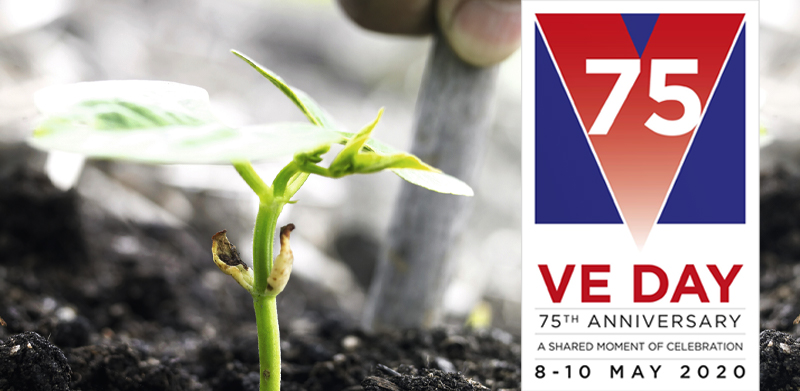Last Updated on November 9, 2021 by the Dobies Horticultural Team
“It is the bounden duty of those who have the smallest space to cultivate, to do so intensively, that the brave may be fed and that the lifeline of the Atlantic be not unduly strained”
To mark the 75th Anniversary of VE Day, Matthew Biggs looks into the origins and success of the ‘Dig for Victory’ campaign set up during WWII by the British Ministry of Agriculture.
At 11.15 on Sunday 3rd September 1939, British Prime Minister, Neville Chamberlain announced that Britain was at war with Germany. With European ports closed, Britain’s supplies now had to come from across the Atlantic. But within hours, the Battle of the Atlantic also began, with the intention of starving Britain into submission. In 1938, 55 million tons of food were imported by shipping and 90% of all onions from Europe – there was a vast chasm to fill. Now there was a war to be waged on the Home Front; the fight to feed the nation. On 12th September 1939 a ‘leader’ in the London Evening Standard, by young journalist, Michael Foot, concluded with the phrase ‘Dig For Victory’. It rapidly became a rallying cry for all.
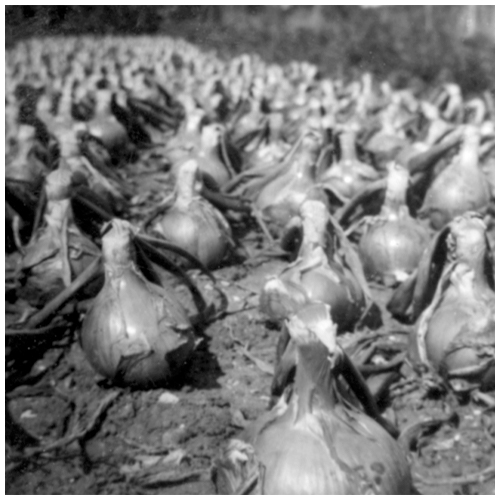
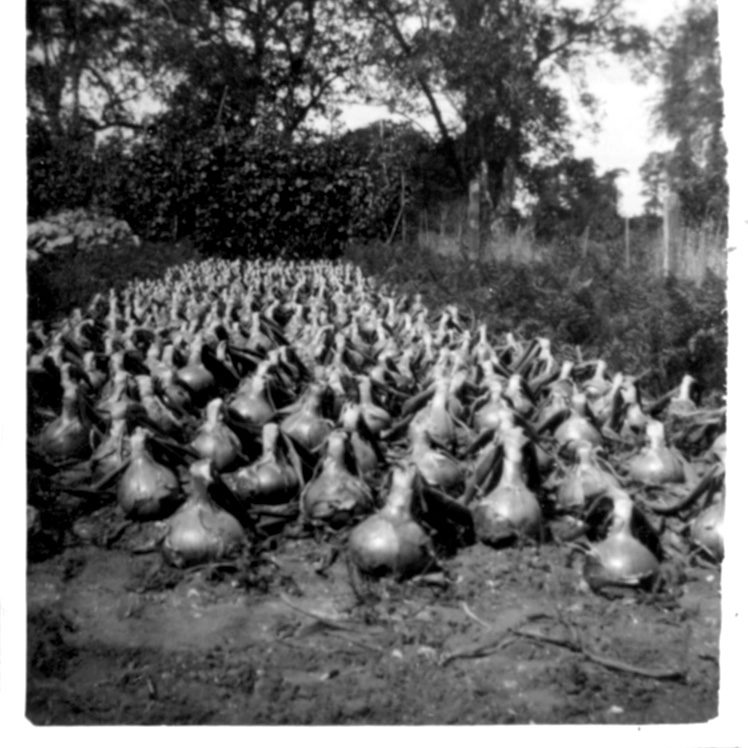
There was an urgent need to educate the public and encourage them to ‘get gardening’. The Royal Horticultural Society began lectures and demonstrations, a plethora of pamphlets, books and booklets were produced, Mr Middleton broadcast gardening advice on BBC radio at 2.00pm on Sunday afternoons and Lord Dedham, from the Ministry of Agriculture, announced the intention to create half a million allotments, raising the number to 1,330,000.
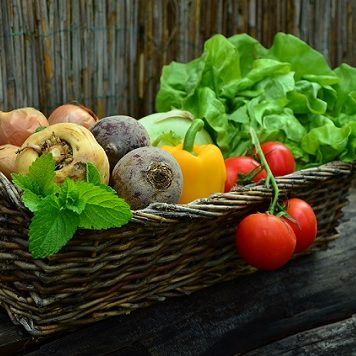
All available land was to be used to feed the nation; stately home lawns, railway sidings, sports field’s, the moat at the Tower of London, lawns in front of the Albert Memorial, even a bomb crater in the grounds of Westminster Cathedral where all turned over to vegetables. Everyone was encouraged to grow brassicas to replace vitamin rich citrus and bananas and to make their own compost heaps; the introduction of National Growmore in 1942 increased productivity in poorer conditions. They also began to wage war against another arch enemy – pests.
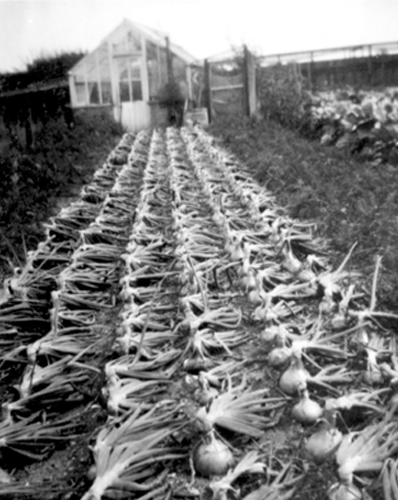
One vital crop was onions. In 1943, the Horticultural Committee of the Red Cross Agricultural Fund introduced a scheme to increase production by forming onion clubs of 12-20 members, who should aim to cultivate ¼ acre between them, to be sold to the NAAFI or Admiralty contractors, with the proceeds going to the Red Cross. If every allotment holder in the country gave 7lbs, 5 000 tons of onions would be produced.
Despite the pressures, an American Professor who visited England, in 1942 was astounded by the health of the people and at the end of the war, the ‘Dig for Victory’ campaign deemed a success.
Growing your own is still the only way to capture the flavour, freshness and natural goodness that kept Britain fighting fit until VE day. Let’s celebrate ‘Dig for Victory’ once again.
Growing your own fruit and veg has many benefits – from saving money, reducing food waste and your environmental impact, to improving your physical and mental health through gentle outdoor exercise.

Matthew trained at the Royal Botanic Gardens, Kew, has been a professional gardener for over forty years and is a regular panelist on BBC Radio 4’s Gardeners’ Question Time. He has guested on numerous TV and Radio programs and has written books on a range of horticultural subjects from houseplants to vegetables. He also writes for several magazines including the RHS magazine – The Garden, BBC Gardeners’ World and Gardens Illustrated.
Matthew has lectured at the cookery school of Michelin Starred Chef, Jean-Christophe Novelli, the Royal Botanic Gardens, Kew, was Course Director of the Plants and Plantsmanship course at the English Gardening School and leads gardening tours worldwide. He grows a wide range of plants at home and is fascinated by plants and their stories.

